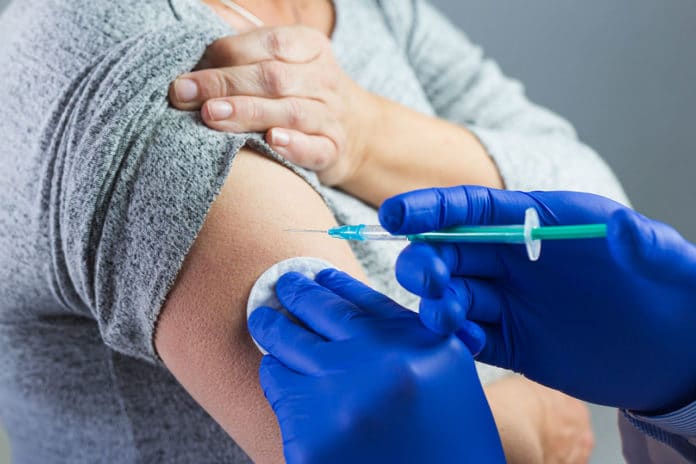Scientists headed by Dr. Milan Surjit at the Translational Health Science and Technology Institute (THSTI), Faridabad have directed their efforts to produce recombinant virus-like particles (VLPs) based protein in yeast Pichia pastoris, which appears to be a suitable candidate for the development of diagnostic and prophylactic reagents against the hepatitis E.
The next step would focus on evaluating the efficacy of the Pichia expressed open reading frame (ORF2) VLPs in an infectious animal model of the Hepatitis E virus (HEV). These VLPs may also be engineered to display additional antigenic epitopes from HEV or other pathogens. Future studies should aim at exploring such possibilities.
Hepatitis E virus (HEV) is associated with acute hepatitis disease, which may lead to chronic disease in individuals having a weak immune system. The condition is particularly severe among pregnant women with a mortality rate of 20-30%.
The only licensed vaccine against HEV available in China is the Escherichia coli purified recombinant VLPs comprised of 368–660 amino acids of the viral Open Reading Frame 2 (ORF2) protein. The licensed vaccine (HEV 239 vaccine, Hecolin®) is considered as a promising vaccine that has shown a high degree of efficacy against hepatitis E disease in 16 – 65-year-old healthy subjects in China. The VLPs is responsible for forming the viral capsid (protein shell used for packing viral genome), which has three glycosylation sites.
Glycosylation plays a vital role in the stability, immunogenicity, and biological activity of the protein. The capsid protein has multiple glycosylation sites that contribute to improved immunogenicity of the recombinant protein. Studies have shown that glycosylated and cleaved capsid proteins are most abundant in the infected patient sera, and patient antibodies profoundly recognize the same protein forms.
There is no specific treatment for hepatitis E available. It makes the development of an effective vaccine very significant to control and prevent such diseases. Virologists have found it difficult to culture this virus in the laboratory, and so alive or inactivated vaccine is not possible to develop.
Thus, researchers across the world have worked to develop recombinant vaccines based on VLPs. These VLPs are Bionanoparticles that have structures that mimic the native virus particles and are not infectious. The particle size and presence of crucial antibody generating regions are required to make an effective VLP based vaccine.
Journal Reference:
- Expression, Purification and Characterization of the Hepatitis E Virus Like-Particles in the Pichia pastoris. DOI: 10.3389/fmicb.2020.00141
